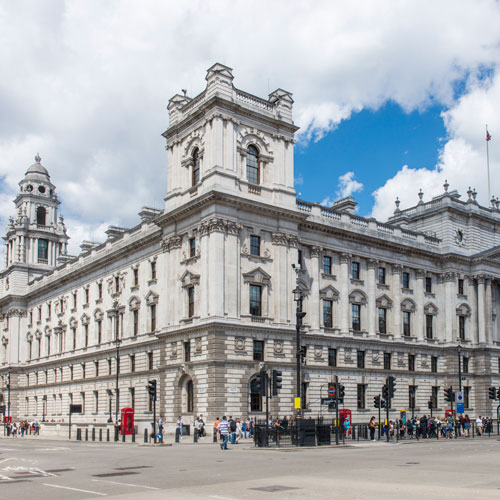Businesses that benefited from the government’s Covid loans should be mindful that HMRC are still scrutinising claims and should proactively disclose any discrepancies – however small.
HMRC knew from the off that the speed with which the government’s raft of Covid support schemes were introduced would create myriad possibilities for claimant fraud and/or error.
Fraudulent and erroneous claims are likely to have cost the UK government some £16bn, according to a Public Accounts Committee report. Data from government departments’ annual reports suggested losses of between £12.4bn and £20.1bn, with a central estimate of £15.7bn, according to the Public Accounts Committee’s findings.
More than £129bn was paid to businesses and individuals in the UK across Covid grants and allowances introduced after the pandemic started. These included the Closed Businesses Lockdown Payments, Business Interruption Loan Scheme, Coronavirus Job Retention Scheme (CJRS), Eat Out To Help Out Scheme, Lockdown Restrictions Support Grants, and the Self-Employment Income Support Scheme (SEISS).
A total of £70bn was claimed under the CJRS up to November 2021. 11.7m jobs were furloughed since the scheme began ,and 1.3m employers had claimed under it.
HMRC’s estimate for the amount lost to fraud and error in the schemes during 2020 to 2021 is 8.7% in the CJRS, 2.5% in Self-Employment Income Support Scheme (phases 1, 2 and 3), and 8.5% in the Eat Out to Help Out scheme. This equates to £5.8bn, against an overall pay-out of £81.2bn.
Although HMRC says that these losses are in line with its original planning assumptions that informed the design of the schemes, it has set about recovering as much of the misplaced funding as it can.
HMRC’s Taxpayer Protection Taskforce (TPT) was set up in March 2021 to scrutinise and investigate Covid support scheme pay-outs, with the aim of supporting efforts to recover funds from claims made deceitfully or due to mistakes or misunderstanding.
Delivering targets
The TPT, which wound up in March 2023, had to justify its existence and deliver on targets. HMRC expected the Taskforce to allow it to increase one-to-one enquiries to 30,000 cases in total, across three years. These were expected to recover between £800m and £1bn through to 2023 (in addition to the £536m HMRC reckons was recovered in 2020-2021), but the TPT was would up "without recovering the money expected," a Public Accounts Committee report said in March 2023.
Despite the Taskforce ending, it remains the case that businesses which availed themselves to Covid support schemes should prepare for the possibility that that HMRC might come a-calling.
“As a matter of priority, businesses [that have benefited from the support schemes] should carefully review their internal records and systems to ensure that they were eligible for any payments they have received,” says Adam Craggs, Partner at law firm RPC. “Second, they should also identify any discrepancies in claims they have made. Where discrepancies are identified, a more detailed and forensic examination may be required along with consideration as to whether it is appropriate to make a voluntary disclosure to HMRC.” Businesses should also collate any documentation which details the business rationale underpinning why certain claims were made, he adds.
Shifting goalposts
An additional consideration that business should be mindful of is that of ‘shifting goalposts’ when it comes to the articulated criteria by which claims were/are deemed legitimate. This is of particular importance, as the published guidance given by HMRC (on application webpages, documentation, etc.) was revised and updated as the pressures of the pandemic unfolded in 2020 and 2021.
“The Guidance under which the [Covid support] schemes were explained went through a number of iterations in a relatively short period of time, and had to address novel situations,” Craggs explains. “Our experience has been that businesses attempted to understand the changes as they were made, but were often unaware of how various subsequent changes impacted their existing understanding, particularly [from] early on. So as a result, the initial errors made frequently went undetected for a considerable [stretch of] time.”
Even if a discrepancy that resulted in a relatively small erroneous claim received – less than £100, say – is uncovered, businesses should not assume that it is too little to be disclosed, Craggs cautions. “There is no threshold – it is a matter of having to consider all of the circumstances,” he says. “In some cases, the benefit of a voluntary disclosure outweighs the risk of HMRC opening an investigation.”
HMRC has reportedly received more than 21,000 reports from the public of suspected CJRS exploitation. Where HMRC goes ahead and scrutinises a business based on third-party report, the business concerned has no legal entitlement to know the source of HMRC's information.
“You can, of course, ask HMRC to set out its allegations to ensure that you fully and completely understand any case against you before you reply,” says Craggs, “but ultimately HMRC are entitled to protect the source of their information.”
